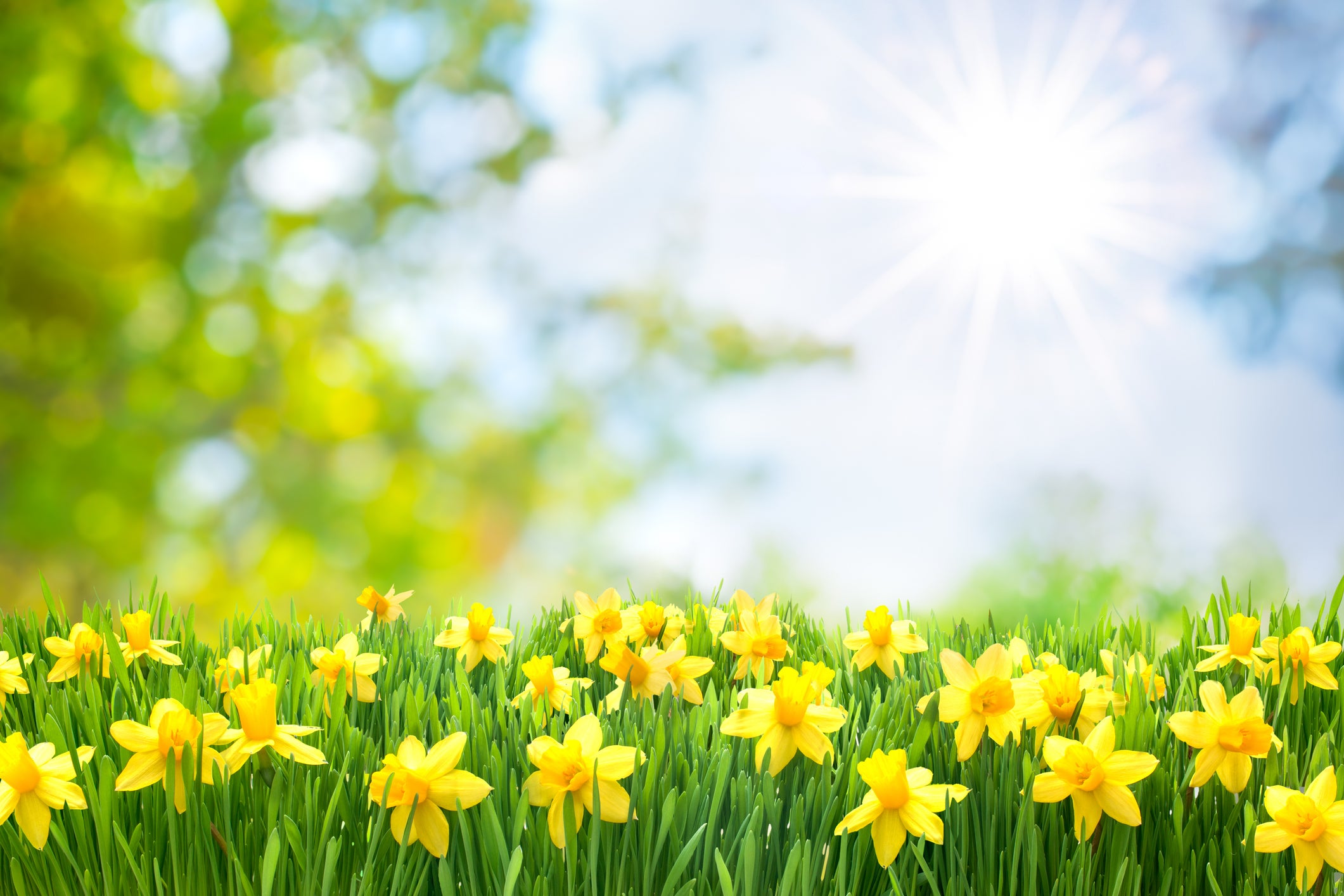
Whether it’s a yellow sprinkling of daffodils lining your favourite park or turning down the thermostat on your heating, it’s clear that the vernal equinox – the signalling of the start of spring – has firmly arrived.
However, with changing and unpredictable temperatures it can be hard to decipher when winter ends and spring officially begins.
A cold snap in mid-March this year has led to many feeling colder than they would expect at this time of the year, with parts of the UK recording the coldest March temperatures since 2010.
Snow blanketed large areas of the country, causing widespread travel disruption.
But as the spring equinox approaches, many Britons feel more than ready to welcome the new season and bid winter goodbye for now.
Here’s everything you need to know about the spring equinox:
When is spring?
Depending on which definition of spring you use, there are two different dates that mark the first day of the season.
According to the Met Office, Wednesday 1 March was the first day of the meteorological spring this year.
However, if you go by the astronomical definition of the seasons, the first day is marked on Monday 20 March.
What is the meteorological spring?
Meteorological seasons are based on splitting the seasons into four fixed periods, each made up of three months.

These seasons coincide with the Gregorian calendar, which is the most widely used civil calendar in the world and based on a 365-day common year divided into 12 months of irregular lengths.
Meteorological spring ends on Wednesday 31 May this year, preceding summer which begins on Thursday 1 June.
What is the astronomical spring?
The astronomical calendar determines the seasons depending on the 23.5 degree tilt of the Earth’s rotational axis in relation to its orbit around the sun.
Astronomical spring depends on the date of the spring equinox, also known as the vernal equinox and March equinox, which varies year-to-year.
The spring equinox consists of four days – two equinoxes and two solstices – during the year that mark the beginning of a new season. For the Northern Hemisphere, the spring equinox is the moment when winter ends and spring begins.
This year, the spring equinox falls in the early morning of Monday 20 March.
The astronomical spring will then last until the summer solstice, which this year lands on Wednesday 21 June.
How do the equinoxes and solstices work?
The word “equinox” derives its name from the Latin term “eqi” which means “equal” and “nox” which means “night”.
According to the astronomical calendar, there are two equinoxes each year in March and September, when the day and night are approximately 12 hours each everywhere on Earth.
This happens when the celestial equator – an imaginary projection of the Earth’s equator onto the sky – is the closest part of the Earth to the sun.
Meanwhile, the world “solstice” comes from the Latin word “solstitium” meaning “sun stands still”.
The summer and winter solstices occur when the sun is at its furthest from the celestial equator.







